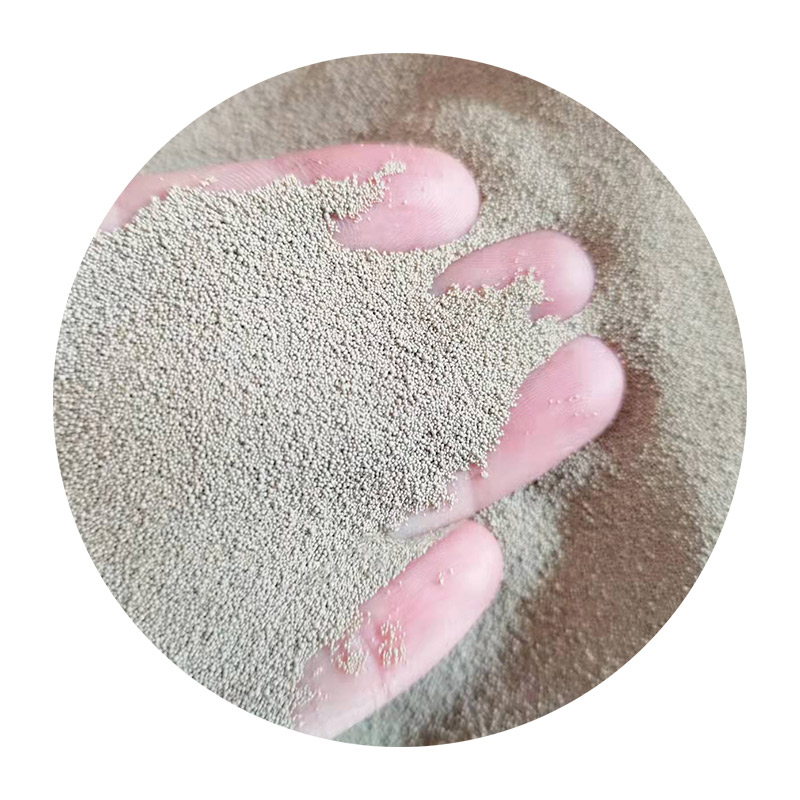The Significance of Sand Casting in Modern Industries
Sand casting, one of the most versatile and widely used metal casting processes in the manufacturing industry, has a rich history that dates back thousands of years. Today, it continues to play a crucial role in various sectors including automotive, aerospace, machinery, and art. This article explores the significance of sand casting in modern industries, the processes involved, its benefits, and innovations shaping its future.
Understanding Sand Casting
At its core, sand casting involves creating a mold from sand to form parts from molten metal. The process begins with the creation of a pattern—typically made of metal, plastic, or wood—that outlines the desired shape of the finished part. This pattern is then pressed or packed into a sand mixture, usually composed of silica sand, clay, and water, to create a mold. Once the mold is completed, it is opened, the pattern is removed, and molten metal is poured into the cavity. After the metal cools and solidifies, the mold is broken away to reveal the final cast product.
Applications in Various Industries
Sand casting is particularly valued in industries where intricate and heavy parts are required. The automotive industry, for instance, relies heavily on sand casting to produce engine blocks, cylinder heads, and various other components. The ability to create complex geometries makes sand casting ideal for producing parts that require significant strength and durability.
In the aerospace sector, sand casting is used to manufacture components like turbine housings and structural parts of aircraft. These parts must withstand extreme conditions and stresses, making sand casting’s ability to produce high-precision and lightweight components highly advantageous.
Furthermore, sand casting finds applications in the construction industry, where it is used to cast parts such as brackets, fixtures, and decorative elements. Even the art world utilizes sand casting techniques for creating sculptures and artistic pieces, underscoring its versatility.
Advantages of Sand Casting
sand cast industries

The benefits of sand casting are numerous. One of the primary advantages is its cost-effectiveness, especially when producing large, heavy parts. The materials required for sand casting, such as sand and metal, are relatively inexpensive, and the production process allows for easy scaling for large runs.
Another significant benefit is the flexibility it offers in design. Sand casting can accommodate a variety of shapes and sizes, which is particularly advantageous for custom projects. Moreover, it allows for the creation of intricate designs that might be challenging with other casting methods.
Sand casting also has a relatively long molding life and can be reused multiple times, adding to its cost-effectiveness. The process allows for rapid prototyping, enabling manufacturers to bring new designs to market more quickly. This is crucial in industries where innovation is key to maintaining competitive advantages.
Innovations in Sand Casting
As technology evolves, so does the sand casting process. Recent advancements have introduced techniques such as 3D printing for creating patterns and molds. This innovation allows for even greater precision and complexity in designs, as well as reducing lead times for producing patterns.
Furthermore, the integration of computer-aided design (CAD) and computer-aided manufacturing (CAM) into the sand casting process has streamlined production. These technologies enable manufacturers to simulate the casting process, helping identify potential issues before the actual casting occurs, thereby reducing waste and improving quality.
Sustainability is another area of innovation within sand casting. Manufacturers are increasingly seeking eco-friendly sand materials and recycling techniques to minimize environmental impact. The use of synthetic sands and the development of processes that reduce energy consumption are becoming priorities in the industry.
Conclusion
In conclusion, sand casting remains an integral technique within modern industries. Its unique combination of versatility, cost-effectiveness, and adaptability to complex designs ensures its continued relevance. As industries evolve and demand more intricate and durable products, the innovations within sand casting will enable manufacturers to meet these challenges head-on. With advancements in technology and a growing emphasis on sustainability, sand casting will undoubtedly continue to be a vital component of the manufacturing landscape for years to come.
Post time:Th11 . 15, 2024 18:47
Next:history of sand casting
